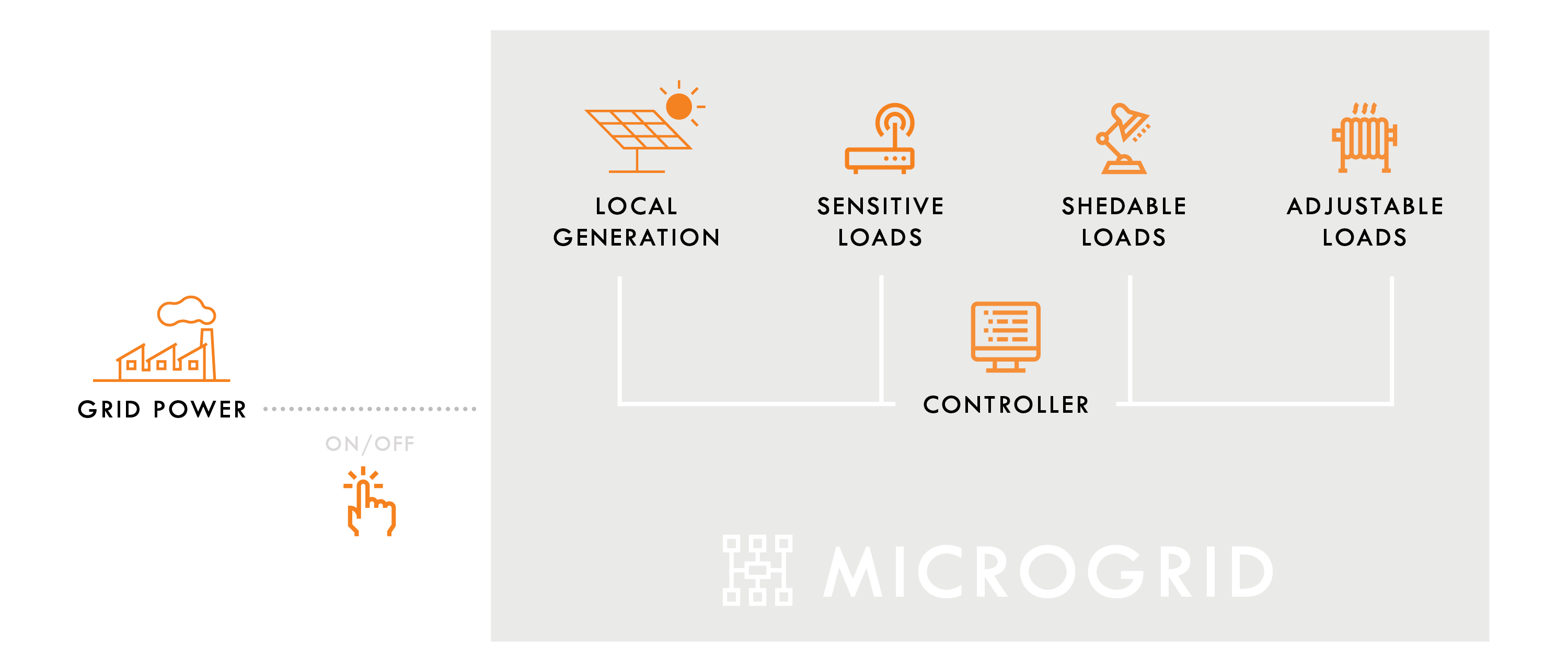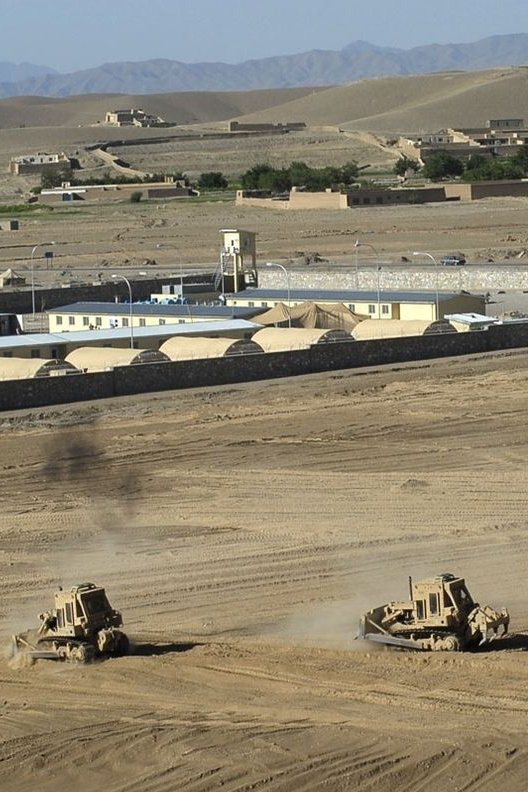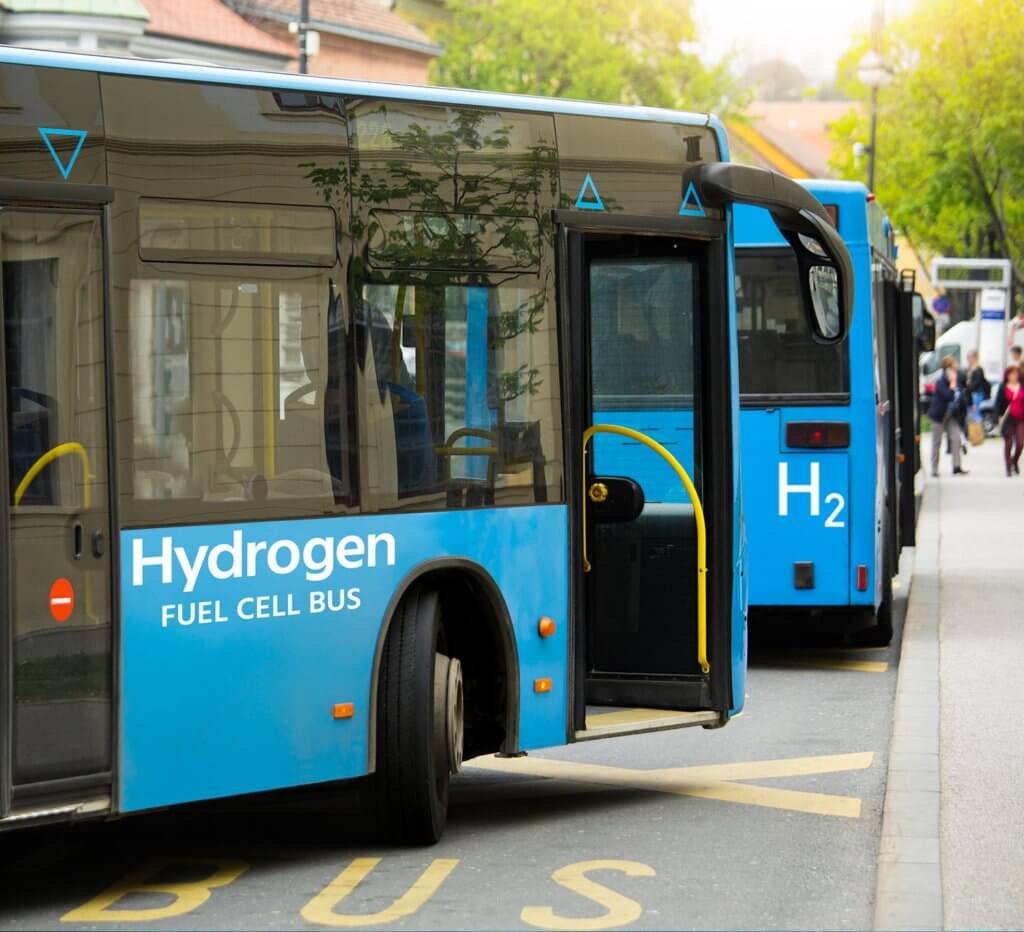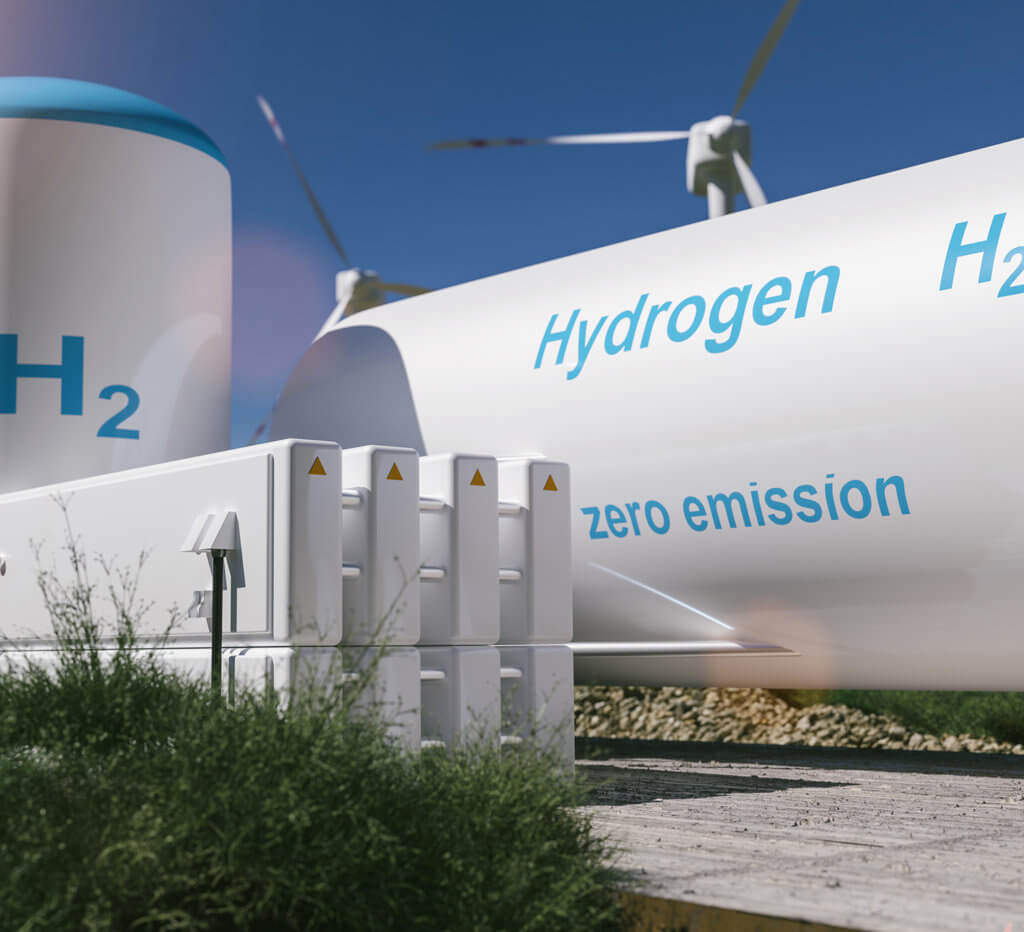By: Troy Van Beek, Former US Navy SEAL & Co-Founder, Ideal Energy
Energy security is a critical concern to United States military operations, both nationally and abroad.
Microgrids provide the ultimate emergency backup power source and can function independently from the grid, enhancing the physical security and cybersecurity of our nation’s military bases.
Clean energy microgrids can provide the solution.
Microgrids are the ultimate emergency backup power source. They provide reliable power that can guarantee uptime for critical business, government, or healthcare operations.
Because they can operate independently from the grid, they also enhance physical security and cybersecurity – which are significant concerns to the military.
Microgrids can reduce the cost of energy. Microgrids can be configured to optimize for energy price, switching from grid power to microgrid sources when energy costs are high. Solar microgrids are much cheaper to run than diesel generators, making them an excellent option for remote locations.
Although microgrids can use fossil fuel energy sources, they excel when designed around renewable energy sources and battery energy storage. Battery energy storage makes intermittent renewables like solar fully dispatchable, allowing stored solar energy to be used whenever it’s needed, regardless of sunshine.
Microgrid technology also makes the traditional grid more resilient and efficient by improving power quality and reducing transmission and distribution losses.
The Microgrid Exchange Group defines microgrids as “a group of interconnected loads and distributed energy resources within clearly defined electrical boundaries that acts as a single controllable entity with respect to the grid. A microgrid can connect and disconnect from the grid to enable it to operate in both grid-connected or island-mode.”
According to the Lawrence Berkeley National Laboratory, the key characteristics differentiating microgrids from the traditional grid are that microgrids are locally controlled and that they can operate either connected to the traditional or disconnected from it as an electrical island.

Because they are downstream of a single point of common coupling (PCC) and because customers typically have a great degree of control over everything on their side of the meter, these microgrids are self-governed. Their more numerous, smaller generation sources provide higher local reliability than the traditional grid’s large, centralized power plants. With generation sources close by, they could also provide higher efficiency with less transmission loss. (The fuel-to-electricity efficiency of existing power plants, including transmission, is only around 28-32%.)
Lasseter and Piagi envisioned that with a plug-and-play architecture provided by inverters, these systems could be installed with little site-specific engineering required. Modern battery energy storage systems like Tesla’s Powerwall and Powerpack provide both the control to be plug-and-play and the required voltage regulation to integrate multiple generation sources into a microgrid.

Battery energy storage systems make intermittent renewable sources fully dispatchable, meaning stored solar energy can be used anytime, even when insolation is low. Modern battery energy storage systems use predictive algorithms to handle all control operations. These artificial intelligence systems can be configured to optimize for price, automatically switching to the grid when energy is cheapest and using stored solar energy when grid power is more expensive.
A sobering 2017 research paper shows that the U.S. electric grid is highly vulnerable to natural disasters, physical attacks, and cyberattacks.ii
GRID VULNERABILITIES
Weather-related power outages cost the United States $18 billion to $33 billion every year in spoiled inventory, delayed production, and damage to grid infrastructure. An average of 700,000 consumers are impacted during each weather-induced power outage annually.
The researchers found that the “traditional power grid infrastructure is incapable of withstanding intentional physical attacks.” Damage caused by sabotage, bombing, or terrorism can be long-lasting and expensive because grid infrastructure components such as large transformers are often custom-built and are difficult to source and move.
A 2013 sniper attack on a PG&E substation near Silicon Valley disabled 17 transformers and cost PG&E approximately $100 million. Repairs took 27 days.
The Pentagon spent around $100 million in 2009 to repair cyber-related damage to the electric grid. In 2012 the Department of Homeland Security responded to approximately 200 cyber incidents in critical infrastructure sectors, 41% of which involved the electric grid.
According to senior intelligence officials, adversarial nation states have already made attempts to map critical infrastructure for “navigation and control” of the U.S. electric grid. The estimated economic impact of a successful grid cyberattack is $243 billion to $1 trillion in an extreme case.
SECURING ENERGY MICROGRIDS
The researchers reported that the technical community and energy industry recommend that the military harden itself from these threats with distributed solar + battery energy storage microgrids. This is a belief we at Ideal Energy share.
Solar energy is free to operate, requires almost no maintenance, and is not vulnerable to supply chain disruption. Solar energy savings yield impressive returns on investment over time.
Battery energy storage systems make solar energy fully dispatchable. Stored solar energy can be used at night or other times of low insolation, during grid disturbances, or during times of peak demand or high energy cost. Battery energy storage systems can be configured in a number of ways: to provide peak shaving, to act as an emergency backup system, and to offer microgrid capability.


Remote sites and communities have cut costs and increased energy security with solar microgrids. The military can do the same with overseas bases and forward operating bases. Diesel can cost upwards of $400 per gallon by the time it reaches vehicles and aircraft at forward operating bases in Afghanistan or Iraq.
The National Park Service installed a 305 kilowatt (kW) solar array with a 1.92 megawatt-hour (MWh) battery energy storage on Alcatraz Island in 2012. The Alcatraz microgrid has reduced the island’s fuel consumption by 45% annually – or 25,000 gallons of diesel.
The island of Ta’u in American Samoa switched from expensive diesel generators to a solar + storage microgrid. The project features a 1.4 megawatt (MW) solar array and a 6 MWh Tesla Powerpack battery energy storage system. The system reduced the island’s energy costs and provides reliable power to the island’s nearly 600 residents. The Ta’u microgrid helped bring American Samoa’s overall renewable energy share to 48%.
COSTS
Meeting military microgrid needs is a large task. Around 80% of all energy consumed by the Federal government goes to Department of Defense operations. The Department of Defense operates over 400 military installation in the continental U.S. Approximately 17 gigawatts (GW) of solar photovoltaics will be needed to power all domestic military sites.
The researchers estimated the cost to outfit all domestic military installations with solar arrays would be approximately $42 billion at a price of $2.50 per installed watt. However, that investment will pay back in several years due to avoided energy expenditures and will provide cheap insurance against extremely expensive vulnerabilities.
A SECURE, SUSTAINABLE MILITARY
The military is already moving in the direction of clean energy microgrids. The military plans to obtain 25% of its energy from renewable sources by 2025. Twenty-seven bases have installed or plan to install solar arrays. Several microgrids involving renewable energy have already been installed.
In 2017 Marine Corps Recruit Depot, Parris Island updated its electrical system with a new microgrid. The 10 MW microgrid, which incorporates a 6.7 MW solar array, an 8 MWh battery energy storage system, and a 3.5 MW natural gas combined heat and power (CHP) plant, allows the base to fully disconnect from the grid and operate in island mode during grid disturbances. The project cut the base’s utility demand by 79%, reduced water use by 27%, and eliminated 37,165 metric tons of CO2 production.
A similar project at the Otis Air National Guard Base on Cape Cod, Massachusetts went online in 2018. That project incorporates a 1.5 MW wind turbine, a 1.6 MW diesel backup generator, and a 1.2 MWh battery energy storage system. The Otis microgrid was the first military microgrid to use a battery energy storage system to form a completely islandable base-wide microgrid that can operate independent from the utility grid. The microgrid will provide all of the base’s power, save $500,000 to $1 million per year, and protect the base from cyber-vulnerabilities.
“When I started Ideal Energy, I knew solar power could provide a solution to global energy security,” said Troy Van Beek, former Navy SEAL and founder and CEO of Ideal Energy. “The solar + storage technology we’re working with now takes that concept even further with secure and reliable power, emergency backup capability, and even complete grid independence.”
iiPrehoda, Emily W., Chelsea Schelly, and Joshua M. Pearce. “US strategic solar photovoltaic-powered microgrid deployment for enhanced national security.” Renewable and Sustainable Energy Reviews 78 (2017): 167-175.









